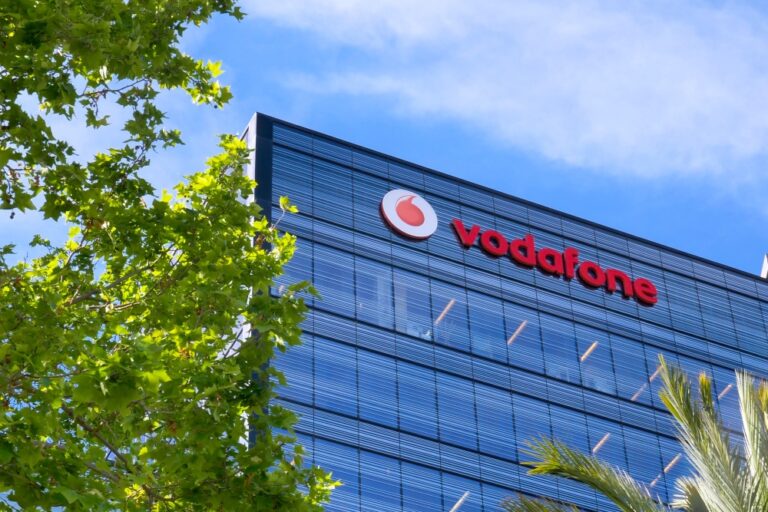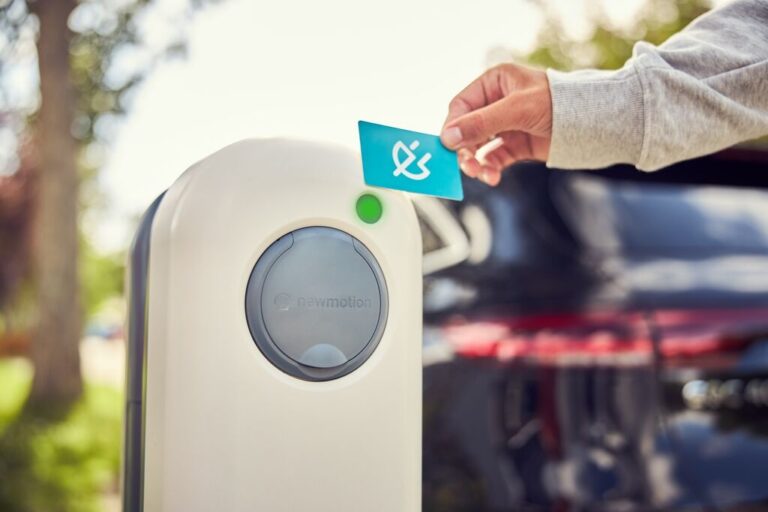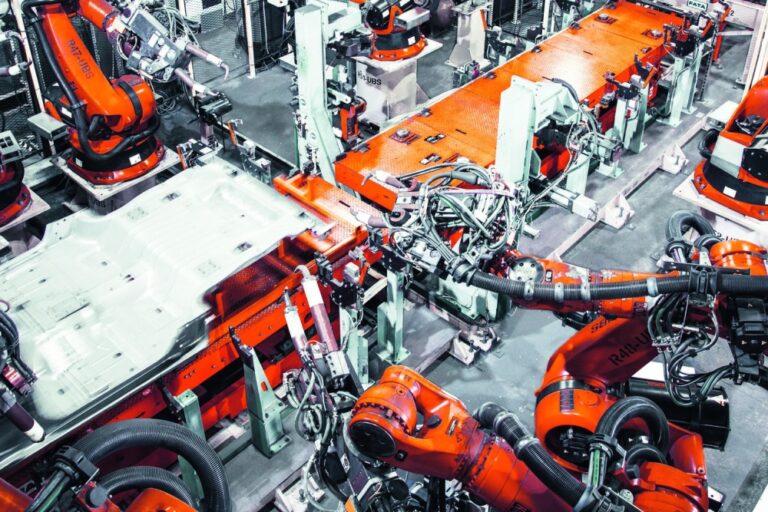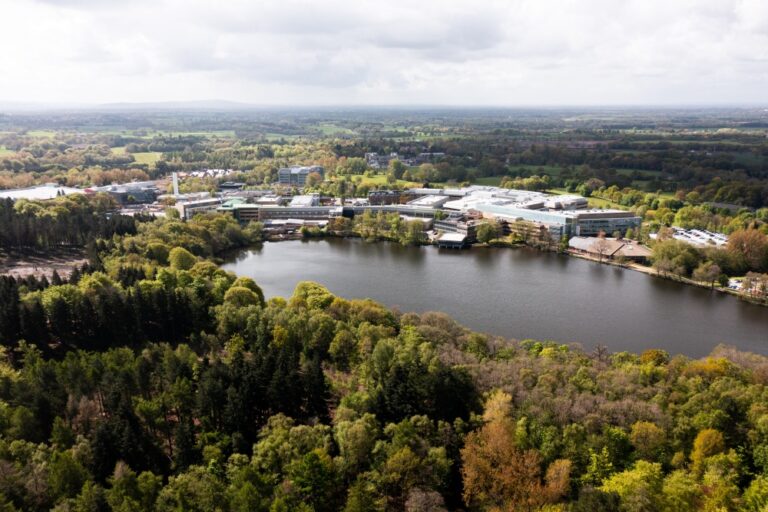Capgemini finds that 48% of organisations plan to launch data ecosystem initiatives: 84% of them will do so within the next three years.
New research from the Capgemini Research Institute reveals that globally, organisations involved in sharing, exchanging and collaborating with data, as part of a data ecosystem, could gain financial benefits of up to $940 million (€793.89) or 9% of annual revenue for a typical organization with an annual turnover of $10 billion.
Over the next five years these benefits will be realised through cost savings, new revenue streams and productivity improvements.
Telco should lead
Investment varies greatly among sectors and countries: 55% of telcos will invest over $50 million, while 43% of banking firms will do so.
Healthcare and government entities, however, lag, with 18% and 7% respectively investing over $50 million. Meanwhile the US and the UK will be the biggest spenders, with more than one in three organisations in both regions spending over $50 million over the next three years.
According to the report, data sharing via ecosystems will give organisations “an unbeatable competitive edge” – yet 61% of organisations primarily engage in data ecosystems involving simple data sharing and low levels of collaboration, and only 39% of them are turning data-driven insights into a sustained competitive advantage.
Monetising data
The top business driver for participating in data ecosystems, according to 54% of respondents, is monetising data. This is because data ecosystems have made a significant impact on multiple fronts from improving customer satisfaction by 15%, increasing operational productivity/efficiency by 14%, and reducing costs by 11% year on year.
As such, most organisations are optimistic about data ecosystems and expect to see the same level of benefits in the next three years and plan to acclerate their plans.
Driven by the realisation of business value, the study also found that one in four organisations will invest upwards of $50 million in data ecosystems in the next two to three years; 76% will invest upwards of $10 million.
On average, there will be an investment of $40 million per organisation.
Nearly half of the surveyed organizations (48%) are looking to enter new ecosystems or initiatives, and 84% of them plan to do so within the next three years. More than one in three organizations (36%) are working on strengthening their existing ecosystem initiatives.
Need to up their game
While the financial benefits are clear, 61% organizations are still engaging in low-value, traditional ecosystems that involve relatively little collaboration and simple types of data sharing. Only 14% of organizations have adopted the most collaborative ecosystem models and complex types of data sharing.
Christina Poirson, Group Chief Data Officer at Société Générale explains, “Data is much more than an asset to us and we are eager to maximize the potential of data through data sharing. We are witnessing a strong regulatory push in the EU to establish smoother data sharing systems in the financial services sector.
“In line with that, we’ve put robust and comprehensive data governance structures in place and are doing our best to protect sensitive data of our customers. It helps us in the long term to not only exchange data with our ecosystem partners but also unlock greater benefits.”
Zhiwei Jiang, CEO of Insights & Data at Capgemini states: “Data sits at the epicenter of innovation. Organizations that are already untapping its potential are seeing the clear benefits that data-sharing can bring. They are now looking beyond traditional sources of data, such as data aggregators and data disruptors, to find relevant, good-quality insights that further drive new ideas, business decisions, and most importantly, to extend their competitive advantage.”
To read the full report, click here.












